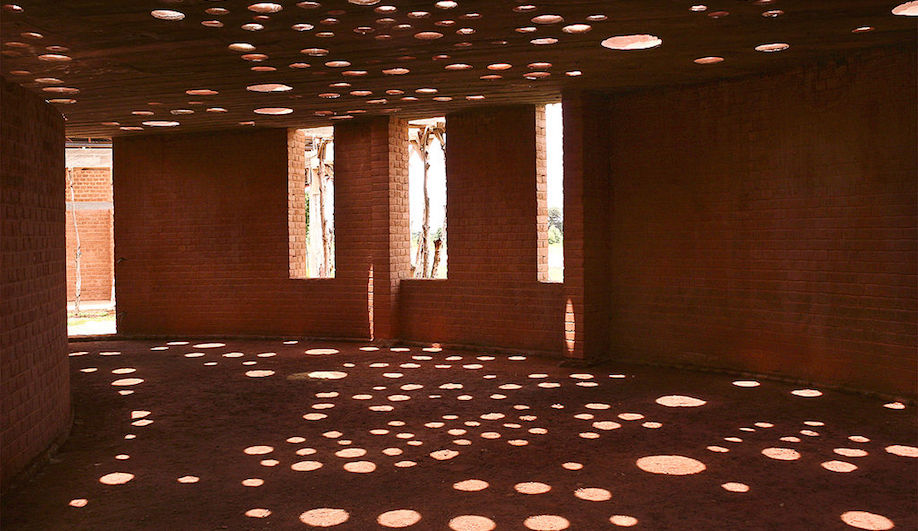
In 2019, green building and sustainability have become ubiquitous aspects of the architectural process, with commitments to improving thermal performance, water use and waste management a de rigueur element of projects big and small.
Yet even as architects expand their eco-consciousness, the net carbon costs of global construction continue to rise. Alongside ongoing improvements to building efficiency and thermal performance, the scale of the climate crisis necessitates radical changes that also address how – and why – buildings around the world are constructed. These six architectural innovators are reinventing the built environment with an emphasis on material and cultural sensitivity.
Diébédo Francis Kéré

Located southeast of Ouagadougou, the capital of Burkina Faso, the village of Gando is an unexpected locus of 21st-century architectural innovation. The birthplace of architect Diébédo Francis Kéré, it is now home to a collection of mud-brick structures that have captured global attention. In 2001, Kéré completed the first Gando Primary School building using a slanted tin roof to shield the structure from rain while gently cooling the interior with circulated air. Taking advantage of inexpensive, locally available materials, the simple project presented an alternative to more expensive – and environmentally harmful – concrete, which continues to be used to build virtually all of Burkina Faso’s schools (despite being ill-suited to the sultry climate).

Kéré’s use of locally available brick was controversial in the Gando community, where mud was widely regarded as a “poor person’s” building material. To erase the stigma, Kéré invited locals to participate in the construction process, winning over the population in a valuable community-building process. Kéré’s portfolio now includes educational and cultural buildings across Africa, as well a series of playful installations at this year’s Coachella.
Lacaton & Vassal
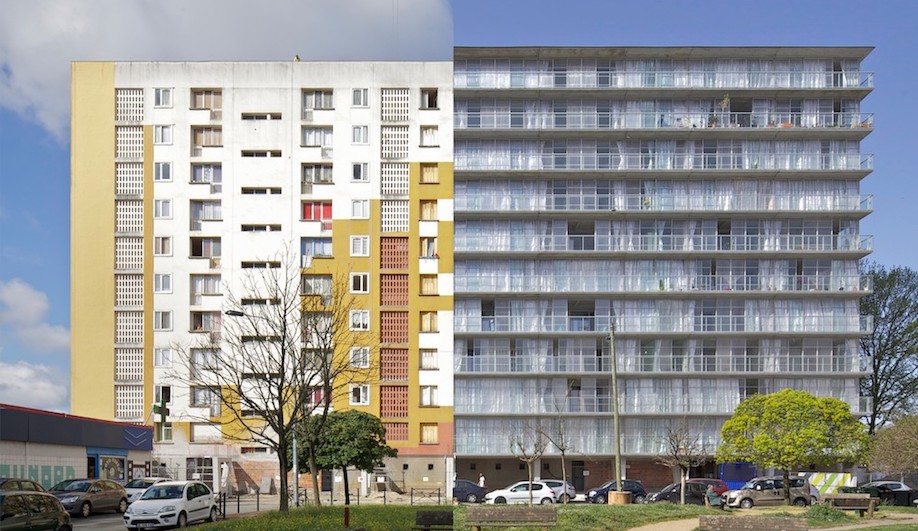
Never Demolish. These words are the ethos of France’s Lacaton & Vassal, an architectural firm celebrated for treating social context with uncommon grace. In Bordeaux’s Cité du Grand Parc, the architects transformed a complex of mid-century apartment towers with an addition of semi-outdoor winter gardens and balconies in 2016. Maintaining the existing structure of each slab tower, the architects added new, sociable living spaces that improve the quality of life for residents – all while avoiding the carbon costs of demolition.
For founding partners Anne Lacaton and Jean-Philippe Vassal, the dedication to contextual and environmental non-intervention is encapsulated in Bordeaux’s Place Léon Aucoc. Responding to a 1996 commission to improve the public park, the architects began by carefully observing the urban environment. “We found that the park was successfully serving an important purpose for the community,” Anne Lacaton explained in a recent lecture at the American University in Cairo, “so our solution was to do nothing.”
Martin Rauch
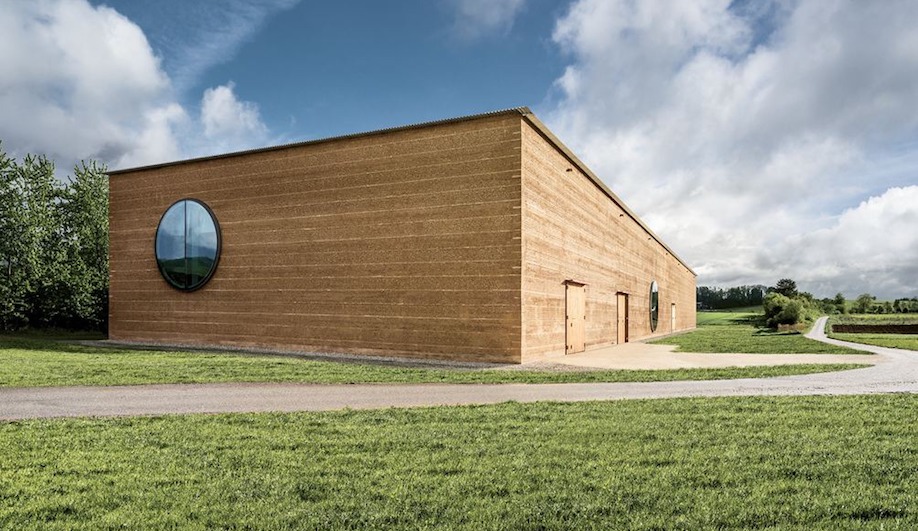
In a 2014 collaboration with Herzog & de Meuron, Austrian rammed-earth pioneer Martin Rauch created a bespoke, locally sourced material palette for Ricola’s herbal processing plant in Laufen, Switzerland. A combination of clay, marl and soil was used to create the structure’s thermally massive walls, which provide an ideal environment for herbal storage.
The Ricola Herb Centre is part of Rauch’s impressively diverse portfolio of built work, which includes residential and institutional structures as well as the Boltshauser office building in central Zurich.
Anna Heringer
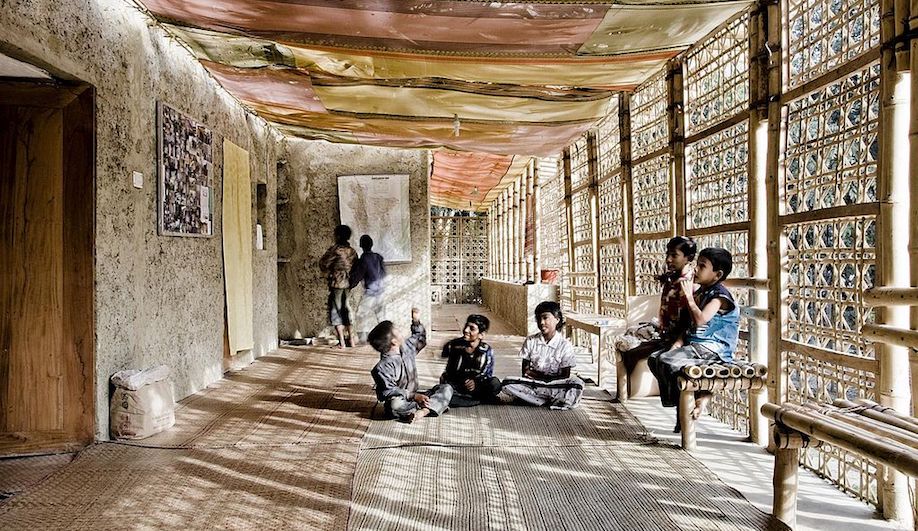
In 1997, German student Anna Heringer travelled to Bangladesh as a volunteer in the field of sustainable development. In the decades to come, Heringer’s work in Bangladesh would shape the world’s understanding of sustainability in the built environment. Using locally available mud and bamboo, she devised architectural solutions that re-invent traditional building techniques with new sophistication. Completed in 2005, the METI Handmade School drew on the expertise of local craftsmen during the construction process, while Heringer’s design innovation allowed for the mud and bamboo structure to reach two stories.
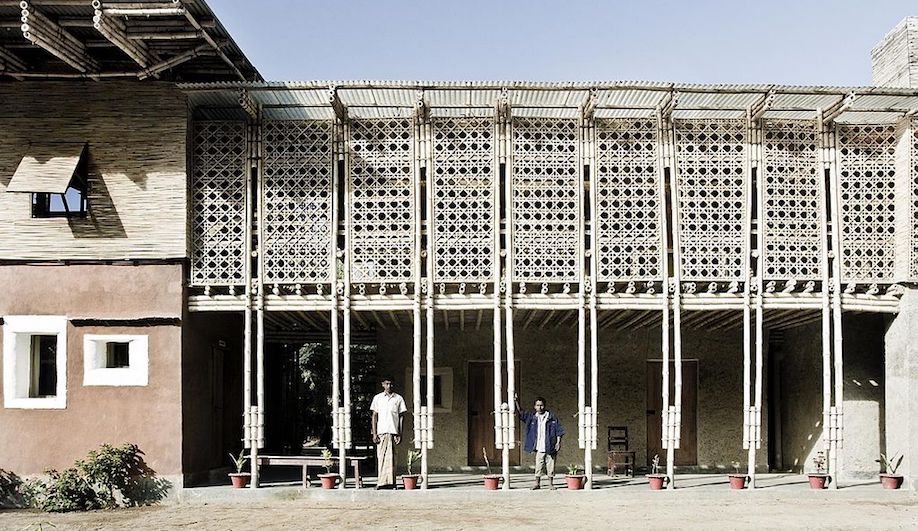
Nearby, Heringer’s DESI school for aspiring electricians became Bangladesh’s first mud-built structure to include indoor plumbing. In Morocco, her design for the Training Center for Sustainable Construction also drew on local materials and expertise, using a community-led construction process to take full advantage of locally sourced earth, ceramics and wood. (For more on Heringer’s work, see our in-depth interview with her in our May 2019 issue.)
Michael Green
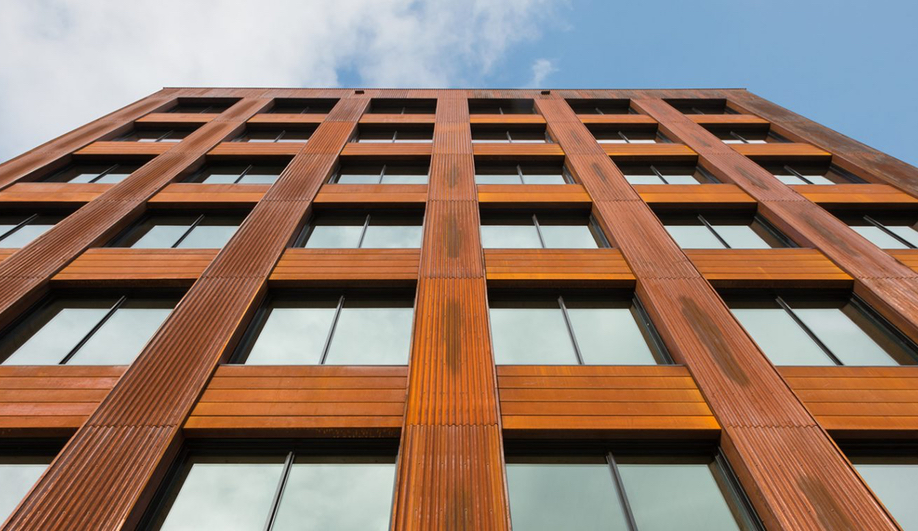
Upon completion in late 2016, Minneapolis’s T3 was the first new mass timber office building in the United States in over a century. At the time, it was also the tallest building of its kind on the continent. T3 is one of several record-setting projects for Vancouver-based Michael Green Architecture (MGA), a company known for consistently pushing mass timber to new heights. One of the world’s most outspoken advocates for wood design, Michael Green authored the influential The Case for Tall Wood Buildings in 2017.
SaveSave
A year later, MGA was purchased by the multi-billion-dollar Silicon Valley construction startup Katerra. The acquisition put the Canadian architect in a new global spotlight, placing MGA’s design innovations within a vertically integrated construction company that promises to push the envelope even further.
Xu Tiantian
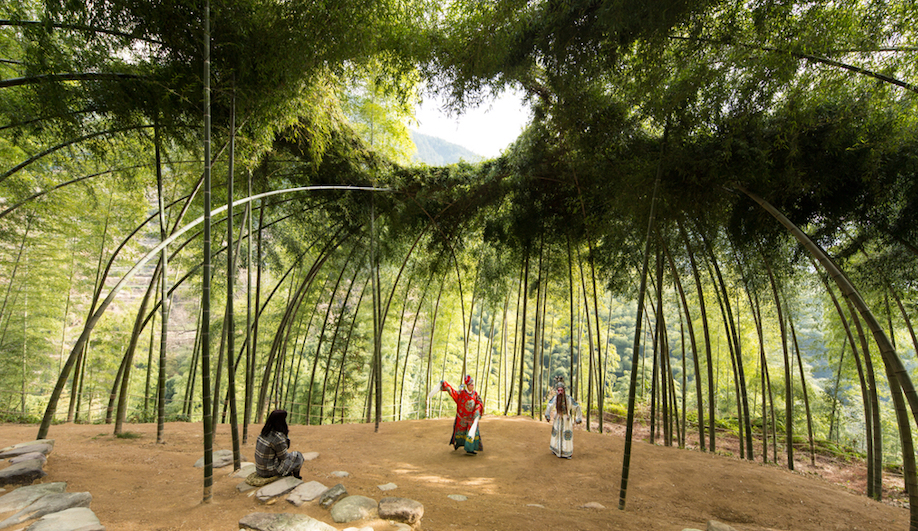
Southwest of Shanghai, a series of so-called “architectural acupunctures” dot the rural landscape of Songyang County. Designed by DnA_Design and Architecture founder Xu Tiantian, the new buildings reactivate ancient building materials and construction practices to create links across cultures and generations.
Now dotted with such structures as the Bridge at Shimen Village, the Bamboo Theatre and the stone Hakka Museum, the setting offers an attractive counterpoint to China’s rapidly industrializing landscapes. For Tiantian, the use of sustainably sourced traditional materials combines environmental stewardship with vessels of cultural memory.
Lead Photo: Inside the METI School. Photo by Naquib Hossain via Flickr Commons.
